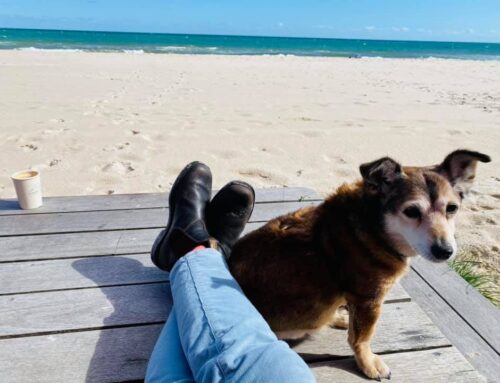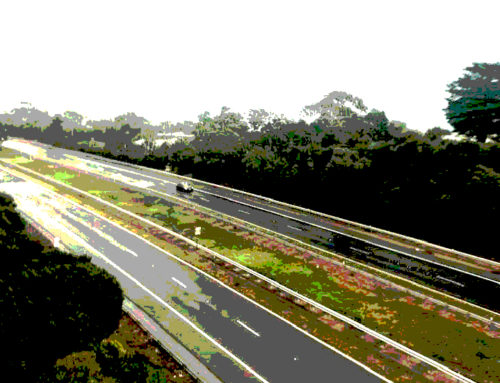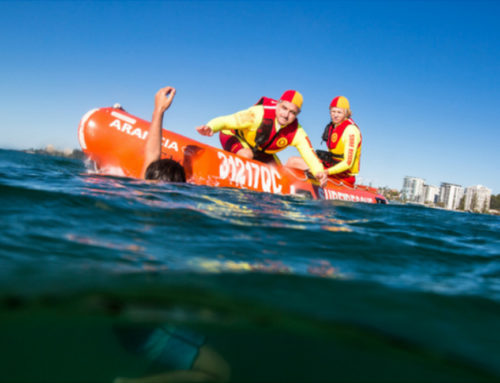When the nation’s treasurer starts talking about Covid-19 as a world-wide ‘wakeup call’ and points to ‘the need for greater economic self-sufficiency’, then you’ve gotta wonder if this might be a good time for the country to prioritise Australian-made and really commit to Buy Local or in the case of tourism; travel regionally.
The coronavirus pandemic has identified a huge risk in our reliance on a globalised economy. In the travel industry, where futurists are predicting a decline in international travel due to changing mindsets, higher costs, tighter hip pockets, and reduced consumer confidence; this risk is likely to have long term consequences.
In recent years, our governments have reframed the language around tourism and talked about a visitor economy. This term recognises the interconnectedness of tourism, leisure, accommodation, events, retail, and hospitality. But in the face of social restrictions, these businesses are being forced to quickly adapt to a localised marketplace for which they may not be particularly geared. And it is in regional areas, dependent on seasonal increases in visitors and population, that Australian businesses are feeling the pain most acutely.
To survive in ‘iso’, tourism owners have been forced to re-engineer their business models with paired back service offerings, reduced trading hours, online gifts, take away and catering menus and loss leading activities like home delivery and live streaming events.
Equally important are improvements to business-owned website e-commerce, rather than deferring to wholesale distribution channels that are largely incapacitated.
To survive in the long term, it is probable that regional tourism businesses will need more than a destination marketing campaign to see them through. They will need a sustained movement that promotes direct purchase from sustainable, locally-owned businesses delivering high-quality goods and services.
The foundation concept is not new. Buying Local has influenced consumer behaviour in retail for many years, first with the Made in Australia trademark and later made famous by the likes of Dick Smith.
But when applied to tourism, the products look more like people and places; producers, makers, craftsmen, chefs, passionate guides, unique ecosystems, heritage sites and cultural events.
A sustainable village mindset is also in line with the current prediction of an ideological shift that is occurring for many in the wake of the worldwide pandemic. The proposed shift tilts us towards a more responsible and meaningful form of travel consumption.
We’ve seen some evidence of this shift with the recent response to bush fire recovery in regional Victoria and NSW. Quick response social media campaigns like Spend With Them and Buy From The Bush received strong online followings. The latter has also recently gained support from VISA who were poised to launch a local shopping campaign #WhereYouShopMatters when the Australian bushfires hit.
Encouraging consumer behaviour to support regional tourism businesses can be as simple as promoting the purchase of take-away meals direct instead of using Uber Eats, wine from the vineyard, beer from the brewer, music from the artist, veges from the farm gate and gifts from art collectives.
For regional tourism businesses who rely on seasonal visitation, it could pay to strengthen the local following by developing products and services that satisfy local needs, paying attention to community concerns, and developing a communications strategy that will connect with audiences closer to home. Local customers not only support businesses in lean times, they are local ambassadors and raving fans to Visiting Friends and Relatives (VFR). Now and in the immediate future, taking care of the village might be the first brick in the road to recovery for regional tourism.






Leave A Comment